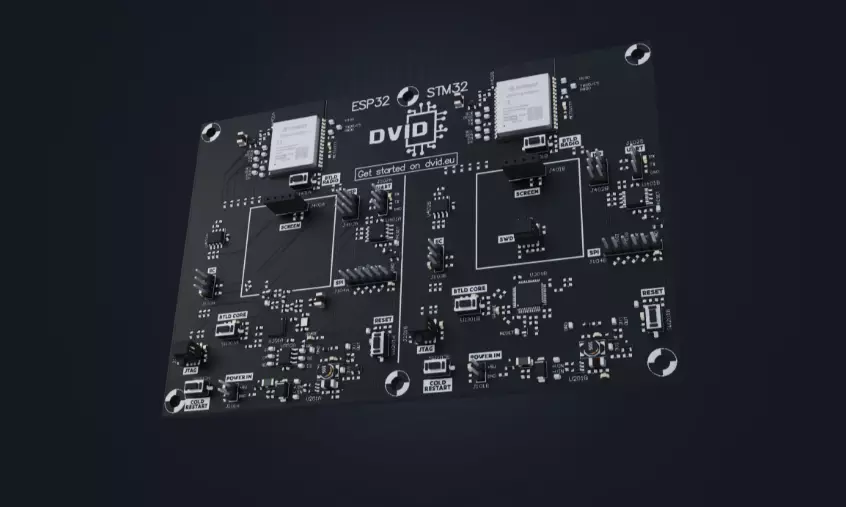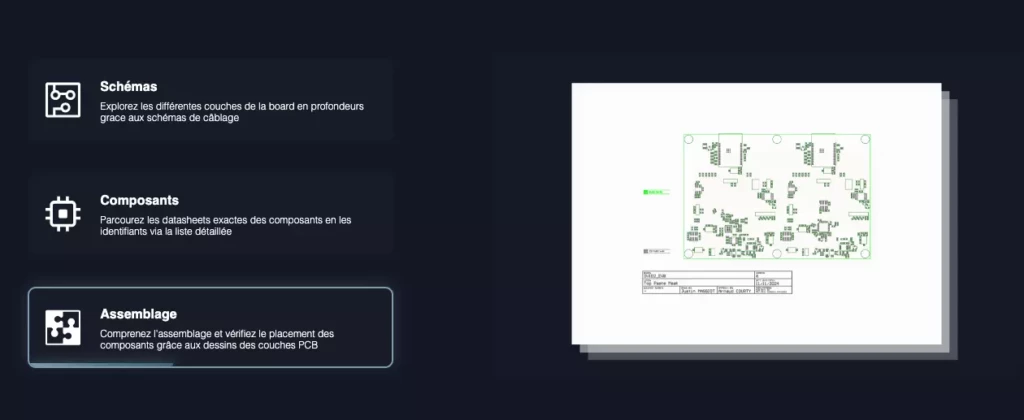The global EdTech market is experiencing unprecedented growth. It is expected to reach nearly $404 billion by the end of 2025, with an annual growth rate of over 16%. This
The Internet of Things (IoT) has emerged as one of the pillars of global digital transformation. From industrial sensors to smart thermostats, smartwatches to autonomous vehicles, millions of devices are collecting, processing, and exchanging critical data every second. But behind this silent revolution, a growing threat looms: insufficient cybersecurity.
According to a study by SonicWall, attacks targeting IoT devices surged by 124% in 2024, and more than half of these devices contain at least one critical vulnerability. This alarming trend, confirmed by Forescout and JumpCloud, reveals a sobering reality: the digital attack surface is expanding faster than defense capabilities. Companies are now facing significant risks — industrial espionage, customer data theft, ransomware, production sabotage, and even brand reputation damage.
The problem is twofold: a severe lack of internal expertise to detect and fix these vulnerabilities, and a shortage of hands-on training programs tailored to the specific nature of connected devices. Too often, engineers and developers are trained in traditional software cybersecurity, but not in the physical and embedded risks unique to IoT.
This is precisely where DVID steps in.
Born from the experience of offensive cybersecurity auditors, this French startup has created an immersive e-learning platform that teaches IoT cybersecurity through hands-on practice on a real electronic board. This unique approach, combining theory with real-world application, aims to train those designing connected devices — before they become a gateway for hackers.

The growth of IoT is staggering: according to Statista, there will be over 30 billion connected devices by 2030, three times more than in 2020. Each new sensor, camera, smartwatch, or smart vehicle increases the potential attack surface for cybercriminals. And with this expansion comes a surge in vulnerabilities.
According to the 2025 report by Forescout Research Labs, the average number of vulnerabilities per IoT device increased by 33% in just one year, across all categories (IT, IoT, OT, and IoMT).
Furthermore, JumpCloud reveals that more than 50% of active connected devices contain at least one critical, exploitable vulnerability.
The consequences are severe: according to IBM Security, the average cost of an IoT breach ranges from €300,000 to €1 million — not including brand damage and product recalls. In the industrial sector, a single production shutdown caused by a cyberattack can result in daily losses exceeding €500,000.
These figures reflect a simple truth: IoT cybersecurity can no longer be reactive. It must start upstream, at the product design stage.
Yet few companies have the internal expertise needed to anticipate these risks. Training programs remain scarce, often too theoretical, and disconnected from real-world applications.
This is where DVID offers a strategic shift: from reaction to prevention, by making IoT cybersecurity training accessible, hands-on, and long-lasting
At the START-UP GOLF CHALLENGE in Paris, the co-founders of DVID shared their vision and ambition during the My Pitch Is Good session in front of investors, in partnership with GOWeeZ.
In this interview (available with English subtitles), discover how this French startup, born from the expertise of offensive cybersecurity auditors, aims to revolutionize IoT cyber training through an immersive and sovereign approach that combines theory with hands-on experience on real electronic boards.
While most market solutions focus on detecting and responding to cyberattacks, French startup DVID has taken a radically different approach: train before fixing, prevent before suffering.
Born from the experience of offensive cybersecurity auditors, the founding team quickly realized that firewalls and monitoring tools were no longer enough. Engineers and developers needed to think like hackers to better secure connected products.
“We wanted to bridge the gap between theory and practice,” explains one of the co-founders. “There was no solution allowing people to learn cybersecurity hands-on, with real hardware.”
That’s how the DVID platform was born: an immersive e-learning environment combining online training modules with a physical IoT electronic board. Users learn to identify vulnerabilities, exploit them… and then fix them. This original approach — part educational game, part cyber training lab — turns training into a tangible, impactful experience.
The use cases are numerous. In engineering schools, DVID trains students in embedded systems security. In industry, companies like Decathlon and Orange use the platform to detect vulnerabilities early in the product design phase. In the defense sector, major players like Naval Group are showing interest, amid growing concerns over digital sovereignty.
For companies, the benefits are threefold:
✅ Reduced risk of cyberattacks
✅ Internalized cybersecurity expertise
✅ Long-term improvement in product quality
By putting knowledge at the heart of protection, DVID positions itself as a new key player in a sector where education is becoming a strategic lever of resilience.

In a context where IoT cybersecurity is becoming both a sovereignty issue and an economic imperative, DVID stands out as a pragmatic and visionary response.
As the European Union strengthens its regulatory requirements (NIS2, Cyber Resilience Act), manufacturers, schools, and institutions are striving to close a structural gap: the mastery of embedded cybersecurity skills.
This is precisely where the young French startup is making its mark.
With its immersive platform, open-source electronic board, and approach combining theory, practice, and sovereignty, DVID is redefining how we learn and apply cybersecurity in the age of connected devices.
Far from being just a training tool, DVID positions itself as a strategic player in secure digital transformation, preparing engineers, developers, and decision-makers for a reality where every connected product could become a target.
And its timing couldn’t be better: cyber training demand is booming, budgets are being unlocked, and companies are actively seeking practical, European, and immediately applicable solutions.
“Training those who design the systems is the best way to prevent attacks before they even occur.”
👉 Discover their vision, journey, and ambition in the exclusiveinterview de DVID recorded during the START-UP GOLF CHALLENGE Paris as part of the My Pitch Is Good program, in partnership with GOWeeZ.
#CyberSecurity #IoT #Innovation #Startup #MyPitchIsGood #GOWeeZ #StartUpGolfChallenge
GOWeeZ, helps companies with fundraising and strategic innovation initiatives.
If you’re looking to accelerate your growth, you can submit your project on MY PITCH IS GOOD or directly on GOWEEZ venture page
These articles on investment and entrepreneurship may also interest you:
Employment in Startups: Growth Amid Warning Signs
Advisor et Consultant auprès des dirigeants d'entreprise - Fondateur de GOWeeZ !
IoT: The New Playground for Hackers As the number of connected devices skyrockets, cyberattacks are multiplying — and companies are struggling to anticipate vulnerabilities. Born from the experience of cybersecurity auditors, DVID offers a unique approach: training engineers to think like hackers through an immersive and sovereign e-learning platform. An innovative model that transforms cybersecurity into a sustainable internal capability, well before threats strike. GOWeeZ supports DVID in its business development and fundraising efforts.
Fabrice Clément Tweet